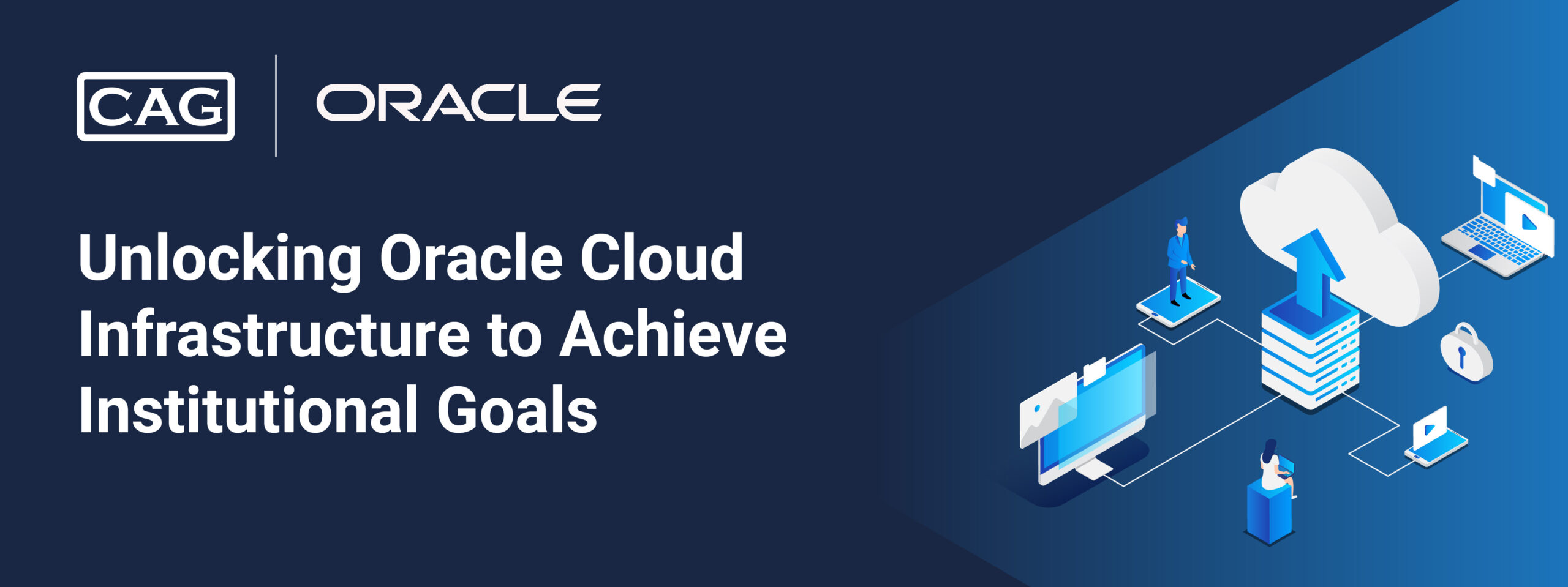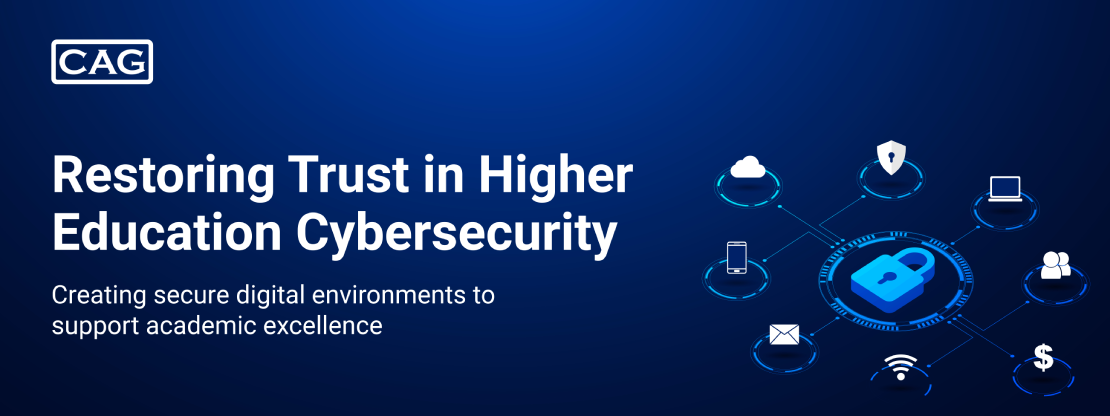In higher education, the role of the Chief Information Officer (CIO) is foundational to the success of the institution’s technological infrastructure, aligning IT with academic, operational, and student services. When a CIO position becomes vacant—whether due to retirement, departure, or a transitional phase—ensuring continuity and stability in IT operations is paramount. Columbia Advisory Group (CAG) offers interim CIO services to bridge these critical gaps, providing not just leadership but also strategic direction that keeps IT on course and aligned with institutional goals.
Why Interim CIO Services Are Critical for Higher Education
Columbia Advisory Group has built a reputation for providing Interim CIO services to a diverse array of higher education institutions. Our interim leadership provides institutional resilience during times of change.
IT Leadership and Strategic Continuity
Leadership transitions, particularly in IT, present a unique set of challenges. The departure or retirement of a CIO can create a leadership vacuum that jeopardizes the continuity of critical IT operations. At CAG, our Interim CIOs step into the role with a clear mandate: to maintain momentum, deliver results, and drive strategic initiatives. What differentiates us is that while we assign an Interim CIO to your institution, our clients also gain access to the full breadth of CAG’s senior leadership team, whose collective CIO expertise provides immediate backup and strategic support when needed.
Holistic IT Strategy and Leadership
An Interim CIO from CAG brings a broad strategic perspective, enabling institutions to navigate complex IT challenges while positioning the organization for long-term success. From overseeing the IT budget to managing vendor interactions, our Interim CIOs ensure that every facet of your IT operation is aligned with the institution’s overarching goals. They also facilitate critical communication between senior leadership and department heads, keeping all stakeholders engaged and informed.
Our Interim CIOs also oversee the management of IT performance metrics and capital expenditures, ensuring that investments are aligned with both current needs and future objectives. Furthermore, they evaluate and execute milestones within the IT roadmap, ensuring that strategic initiatives remain on track. With CAG’s Interim CIOs, you gain a partner who helps you define a path forward while maintaining operational excellence during times of leadership change.
Tailored IT Leadership at Every Level
CAG understands that institutions may require leadership not just at the CIO level but across various IT management tiers. Whether your needs call for interim leadership at the Director or Manager level, CAG provides flexible, scalable solutions. Our Interim CIO service is designed to offer support that is tailored to your institution’s specific needs, ensuring that all levels of IT leadership are addressed and that the department remains functional, efficient, and aligned with institutional priorities.
Facilitating Collaboration and Communication Across the Institution
Effective leadership in IT is not just about managing systems—it’s about managing people and processes. An Interim CIO from CAG excels in facilitating communication across your institution, ensuring that both senior leadership and department leaders remain aligned on IT priorities. Our CIOs also run IT steering committee meetings, providing the forum for strategic discussions and decision-making. By managing IT staff and coordinating cross-departmental collaboration, our Interim CIOs ensure that IT issues are addressed proactively and that IT performance continues to support the broader goals of the institution.
Conclusion
Columbia Advisory Group’s Interim CIO services go beyond just filling a temporary gap—they are about providing your institution with the strategic leadership and operational continuity needed to thrive during times of transition. With our Interim CIOs, your institution benefits from seasoned leadership backed by the collective knowledge of CAG’s senior management team. We ensure that your IT department continues to function at a high level while also guiding the institution toward long-term strategic goals.
Our Interim CIO service provides not only the expertise needed to maintain IT excellence but also the strategic vision required to drive your institution forward. Contact us today to learn how we can help you navigate your leadership transition and ensure the continued success of your IT strategy. To learn more, visit columbiaadvisory.com/contact








